If oxen and horses and lions had hands and were able to draw with their hands and do the same things as men, horses would draw the shapes of Gods to look like horses and oxen to look like oxen and each would have made the Gods’ bodies to have the same shapes as they themselves had.– Xenophanes (ca. 570-ca.478 BCE)
This saying by the great philosopher Xenophanes rightly depicts the irony of the present world. Just because human has consciousness and is considered the as highest thinking animal, does not give them the right to become God and treat other animals as their property. It also does not confer the right to slaughter, torture, or treat them with cruelty just because these voiceless animals can’t raise their voice, and even if they do, we won’t be able to understand them.
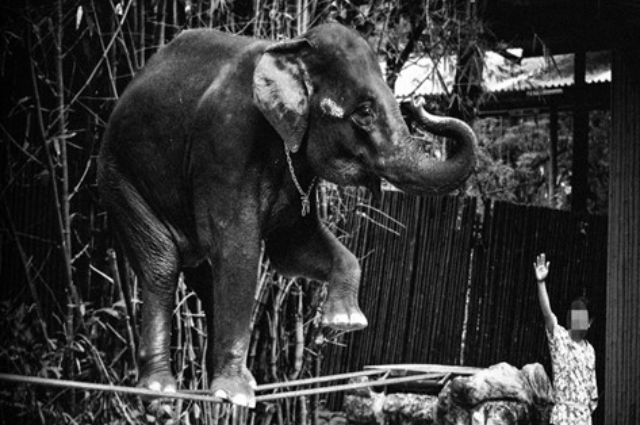
The legal definition of animal cruelty is:
The crime of inflicting physical pain, suffering, or death on an animal, usually a tame one, is beyond the necessity for normal discipline. It can include neglect that is so monstrous (withholding food and water) that the animal has suffered, died, or been put in imminent danger of death.
Domestication of animals for fulfilling human needs started mainly during the agricultural revolution. It was a wonderful boon for chickens, cattle, pigs, and sheep. It is very well known that we as a Human, judge everything by the criteria of survival and reproduction, with no regard for individual suffering. Domesticated chickens and cattle may well be an evolutionary success story but they are also among the most miserable living beings that ever lived on this planet. The domestication of animals was founded on a series of brutal and cruel practices that only become crueler with time.
Cruelty on animals significantly reduces their lifespan and leaves them in hands of brutal and merciless humans. Animals feel pain and it is scientifically proved. Yet, animal bodies are cut off, sliced open, and burned away while they’re fully conscious, without even applying any pain relief.
Forms and methods of cruelty on animals.
Animal cruelty takes various forms. They’re being used for consumption, for industries, for entertainment, for laboratory testing, and most importantly to show that how progressed the human species are to rule over all other animals. Animal farming is a multi-billion dollar business. Animals are seen only through the lens of profits and their needs, wants and pain are secondary to profit. Industries deny animals any semblance to natural life.
To turn bulls, horses, donkeys, and camels into obedient draught animals, their natural instincts and social ties have to be cut off, sexuality contained, and freedom of movement controlled too. Humans Mostly use whips to train the animals.
Following are some forms of animal abuse that are being done for the benefit of human beings.
- Abuse on animals for food consumption
Every grand party is Incomplete without non-veg dishes. In fact, those who can’t afford to eat nonveg are considered poor. We boast our choice of favorite animal that we will never get bored of eating. But while discussing our preferences, shouldn’t we know the reality of how these animals are brought to our plate? Let’s have a look at it.
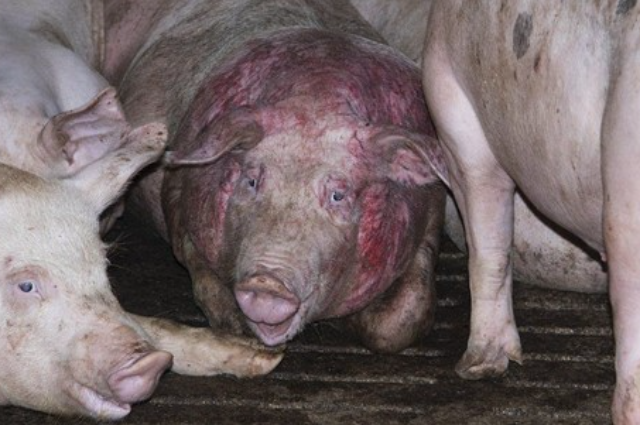
In many new Guinean societies, the wealth of a person has traditionally been determined by the number of pigs he owns. To ensure that pigs can’t run away, farmers slice off a chunk of each pig’s nose that causes severe pain whenever the pig tries to sniff. Since pigs can’t find food or even find their way around without sniffing, this mutilation makes them wholly dependent on their human owners. In another area of new guinea, it has been customary to gauge out pig’s eyes they can’t see where they are heading, and in turn, can’t run away.
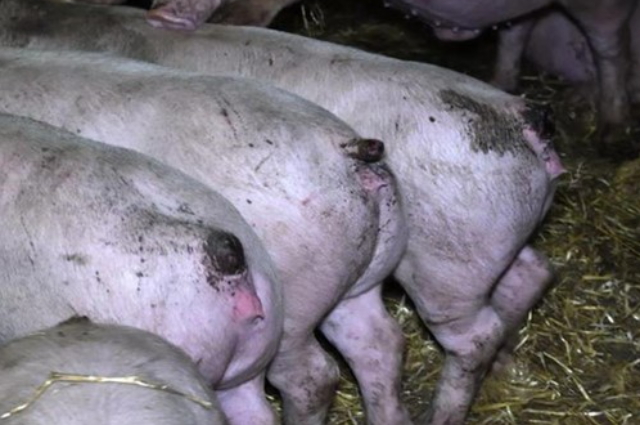
In factory farms, pig mothers are kept in tiny metal crates with no chance of moving away from their hungry suckling babies, and thus piglets’ teeth can often damage their mother’s udders. Young pigs packed into the crowded sheds sometimes bite each other’s tails in frustration, so rather than addressing this behavioral issue, what industries do is to cut off the tail of the piglets.
- Dairy, Beef, and meat industry
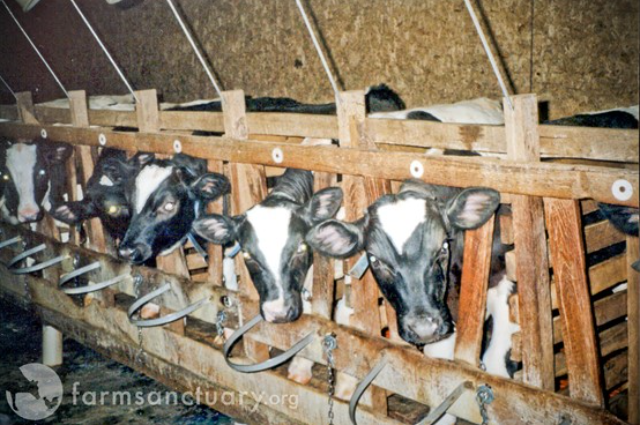
Let’s now look at the dairy industry. Cow, sheep, goats, produce milk only after giving birth to calves, kids, and lambs, and only as long as they keep suckling. To keep more milk for their business, dairy industries simply slaughter the calves shortly after birth. In many modern farms, a milk cow lives for about five years before being slaughtered because when she stops giving milk, the only way to make it more profitable is to sell its flesh. The newborn female calves are reared to become the next-generation dairy cows, whereas the males are sold to the meat industry.
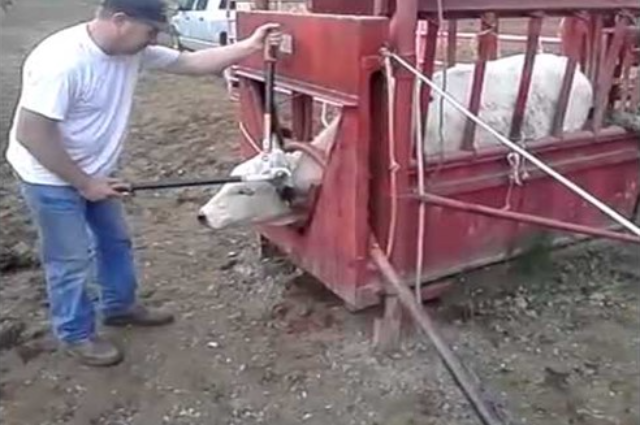
A cow’s horns can be dangerous to other cows if they’re unnaturally forced into crowded places such as in trucks or sale yards. They can also cause injury to the humans handling them. So industries cut off their horns. A cow’s horns have blood flow and can feel hurt and cutting them off causes intense pain and suffering. Pain relief is cheap but still rarely used because according to industries, animals are nothing but properties, they can’t feel pain.
A modern calf in an industrial meat farm, Immediately after the birth, the calf is separated from its mother and inside a tiny cage not much bigger than a calf’s own body. There the calf spends its entire life- about four months on average. It never walks- all so that its muscles will not grow strong. Soft muscles mean a soft and juicy steak. The first time the calf has a chance to walk, stretch its muscles and touch its calves is on its way to the slaughterhouses. Aren’t they the most miserable animals on the planet?

In the case of lambs, their tails are cut off in their first week of life, or a rubber ring is used to stop the flow of the blood to the tail, causing it to die and fall off. Knives and rubber rings are used to remove the testicles of lambs, and this is done when the animal is fully conscious.
- Poultry industry
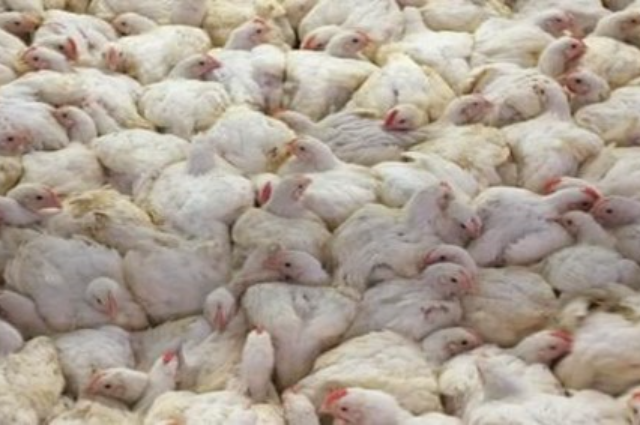
The shift in consumer habits—from eating whole chickens to chicken parts—has encouraged the industry to raise birds with “thicker breast[s], fatter wings and chubbier drumsticks,” according to the Associated Press. Skeletal problems, especially in the legs, are common among these birds, and many die from ascites, a disease thought to be caused by the inability of birds’ hearts and lungs to keep up with their rapid skeletal growth.
Chickens are packed into crowded crates. They’re packed there by men who catch them so hastily and in inhumane ways that their bones break even before they reach to the slaughterhouse.
Once at the slaughterhouse, the birds are discharged from their crates and hung upside down in shackles, further injuring their legs, which are already tender and often broken. Their throats are cut open by machines, and they are immersed in scalding-hot water for feather removal. They are often conscious throughout the entire process.
- Wildlife tourism

Wildlife tourism is a massive industry, accounting for 10-20% of the global tourism industry. People go on vacation and pay money to either view or interact with animals. The issue with wildlife tourism is that people have absolutely no idea of what goes on behind the scenes. As wildlife tourism in an area increases, more crowd interact with that wildlife. This can be a real issue because some wild animals aren’t fond of having people around, and humans often leave trash and other substances that can negatively impact the habitat of a species.
Further various cruel practices such as tying animals in heavy chains, cutting off their social ties, move out newborn animals to secluded places so that they can’t acquire their natural instincts and behavior. On outer layer, it seems that animals are very friendly with people, but when we dig deeper, we’ll get to know the psychological trauma of inflicted on these animals to make them how they are now.
The real reason for this trauma is, we people. Because in the age of social media ,we all want to show that how generous we are to all living forms. We want to post selfies with tiger, monkeys, elephants to gain followers. Yes, by doing this, we might win in the world of social media, but we are losing in the world of humanity.
- Cosmetics industry
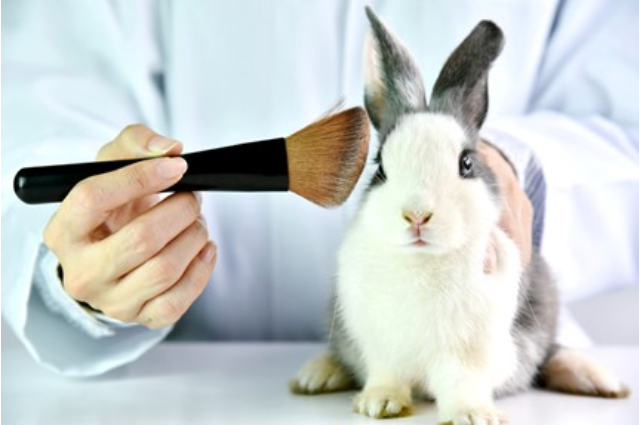
Most women like to wear jewelry, make up and use accessories that look amazing and wonderful. But how many of us know that we look beautiful by digging the graveyard of innocent animals? Do you like coral earrings, pearl earrings, items of leather and animal hair and skin? If yes, then you should also know how these things come on your dressing table.
Do you know, in the process of making talcum powder, lipstick, hair dye, a. Tube is thrust down in the throat of monkeys to find out at which doses level the animal dies. Perfume uses a civet vusk base. live rabbit's eyes are used to test the intensity of shampoos hurting the eyes of human beings. Thousands of rabbit eyes go into the shampoo trade every year. A timid Musk deer is caught and forced to death so that its kasturi can be used in perfume making and earn a huge profit.
Elephants are deliberately killed to make ivory bangles and aesthetics. Though selling of ivory is banned all over the world but it still continues in India because we still want to flaunt it on us.
Thousands of animals are killed to provide us with leather material, and we want to buy it more because it increases our prestige!
- Laboratory testing

Many medicines, vaccines, beauty products are tested on animals in laboratories so that these products don’t harm human beings and in the process, these industries consider it normal to sacrifice the lives of animals. Animals feel the pain as we do, yet we don’t consider this scientifically proven fact while looking after our greed and needs.
- Traditions
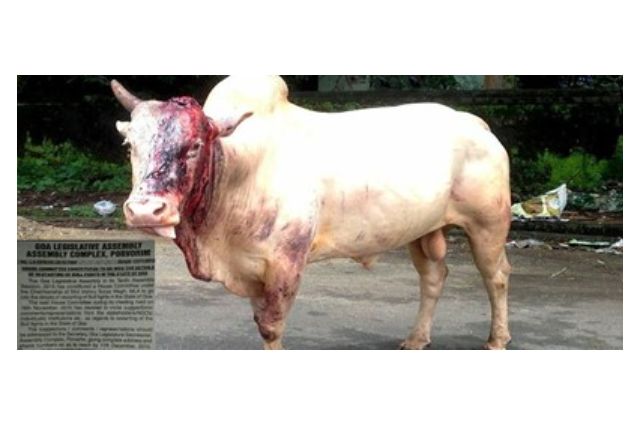
The famous bull-taming festival inflicts harm and trauma to the Bulls. Many people don’t consider it as cruelty and want to preserve it as their culture. The issue of the jalikattu festival of Tamilnadu is still a matter of debate as both the opposing sides continue to argue their own points. One fights for animal rights and the other for century-old tradition. But as PETA said, “tradition should not be an excuse for cruelty”.
Is there any constitutional safeguard to animals?
Yes, under article 51A, the Constitution places a duty on every citizen to “protect and improve the natural environment including forests, lakes, rivers and wild life, and to have compassion for living creatures.”
Is there any act to prevent animal cruelty?
Yes, there’s an act by the name prevention of cruelty to animals act 1960. But you’ll be surprised to know that minimum penalty for inflicting harm on animals is 10 rupees and maximum is 50 rupees. What could be more ridiculous than this act to show our genuine concerns towards animals. It’s been 5 decades since the penalties have remained the same.
The act is a genuine disappointment towards the effort. But instead of blaming any act or government, shouldn’t we start with ourselves? Let’s take a look at what we can do at our personal level.
What needs to be done?
Many people, when asked to cut down their meat consumption start to teach us about the food cycle, that how every animal is dependent on another animal for its survival. It’s true to some extent. But here, we should dive deeper and ask ourselves whether we don’t have any other source to fill over belly like other animals? Don’t we have vegetables that give a similar amount of proteins, fats, carbohydrates to us? This reason of food cycle could have been reasonable during stone era because, at that time, we hadn’t discovered other sources of food. But at present time, by giving this reason we’re only satisfying our ego.
It is completely okay to fill your belly but it is never okay to kill and traumatize other voiceless animals for it. We need to explore other options. Here let's see some of them.
- fulfill your diet requirements with other sources such as lentils, almonds, green vegetables which are equally nutritious.
- countries need to do more research and implementation of plant-based and cell-based methods that are meat alternatives.
- use alternatives that are available for all these cosmetics products of pain and exploitation; from imitation leather and skins to toiletries and cosmetics made from the best flower, herb, and plant extracts or from chemicals that have not used animals as their base.
- alternative to laboratory testing could be experiments on tissue and cells instead of the whole animal.
Conclusion:
Cruelty on any living form is a crime to humanity. Treating one living being as supreme and another just as a property is unjust. If any of such mass-scale cruelty has been done to cats or dogs, there would have been serious legal consequences. Cutting a tail of dogs is a crime but cutting a tail of lamb is a business, this is how we judge the criteria of right and wrong. This is high time that we raise our voice for this issue. Because many animals are being tortured in the name of, traveling, wildlife tourism, cosmetics, and food. Even if we can’t stop these cruel practices in one go, but the gradual, steady, and the thoughtful process can make a lot of difference.
References:
- Sapiens: a brief history of humankind by Yuval Noah Harari
- Peta.org
- Animals Australia
